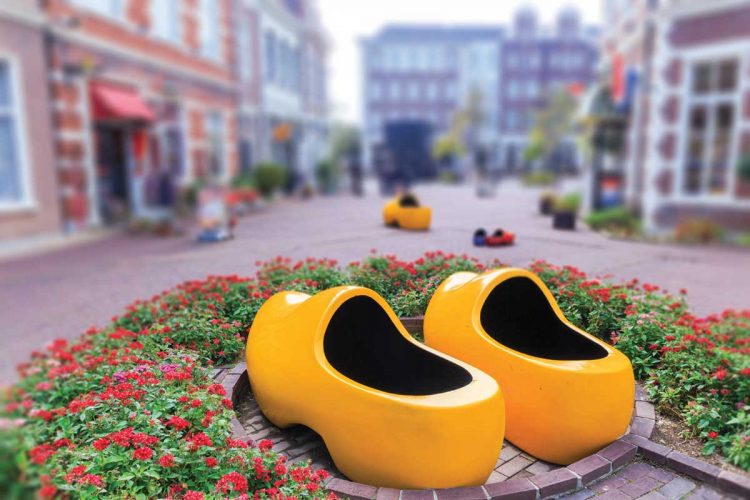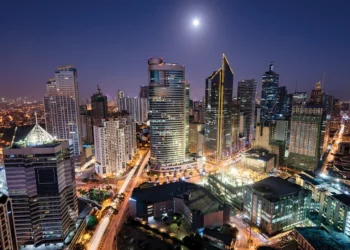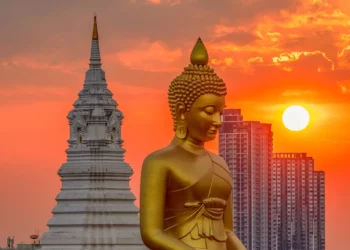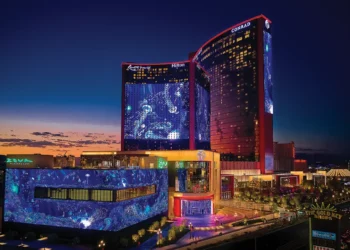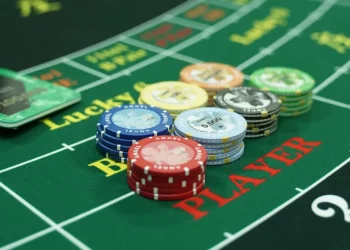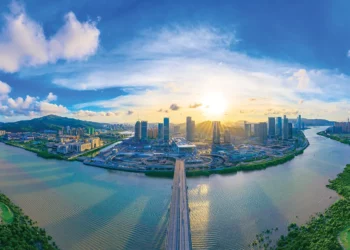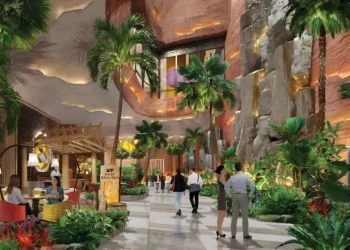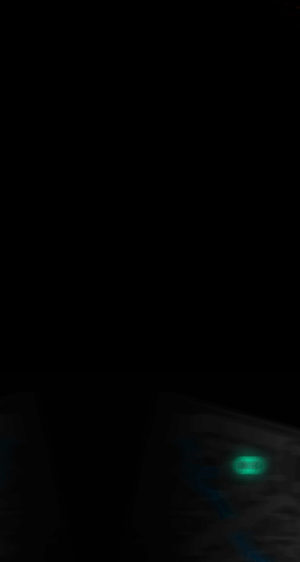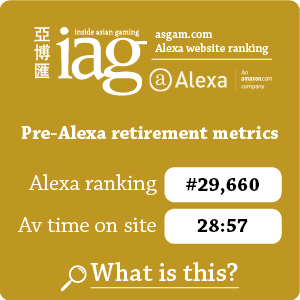Dutch-inspired theme park Huis Ten Bosch is the candidate site for a Kyushu/Nagasaki IR, but is it suitable for one of Japan’s first integrated resorts? IAG takes a closer look.
The history of Huis Ten Bosch (HTB) is one of drama. In 1992, a theme park called Holland Village was born in the city of Sasebo. It is a strikingly accurate replica of its namesake, Paleis Huis ten Bosch, one of the residences that Queen Beatrix of the Netherlands called home, and the entire theme park surrounding it was built to resemble a European townscape.
The development area is 152 hectares, making it one-and-a-half times bigger than Tokyo Disney Resort, which includes Disneyland and Disney Sea, and therefore the largest theme park in Japan.

Total investment is said to be upward of JPY 200 billion (US$1.8 billion) and the Comprehensive Resort Areas Development Law, enacted in 1987, applies to it. The Resort Law states that resort facilities developed based on a plan drafted by the prefecture and approved by the national government are eligible for taxation support and preferential treatment for things like financing from government financial institutions.
Nagasaki prefecture also developed HTB among others as part of the “Nagasaki Exotic Resort Concept”. This was during the time of Japan’s bubble economy when large-scale resorts were popping up everywhere, but after the bubble burst they filed for bankruptcy, one after another.
The same fate may well await HTB. In 1996 the resort boasted 3.8 million visitors, never reaching those numbers again. In 2003, unable to resolve a JPY 230 billion (US$2.08 billion) liability, the company was bankrupt and filed for application of the Corporate Reorganization Act. After a reorganization plan was approved by Nomura Principal Finance, the resort was able to secure inbound guests and was getting itself back on track when the global financial crisis hit. They survived this challenge as well, before Nomura Principal Finance left the picture in 2010.
Travel agency HIS took control of the business reorganization in April 2010, immediately bringing the resort into the black for the first time since opening. Things were going well, but with the global COVID-19 pandemic, reports for the fiscal year ending in March 2021 were back in the red with a loss of JPY 218 million (US$2 million). HTB’s history really is full of ups and downs.
 FLOWERS AND LIGHTS
FLOWERS AND LIGHTS
Under the theme “Breathtaking Resort of Flowers and Lights” HTB hosts various seasonal events. Spring to summer is the “City of Flowers” season, beginning with the 100 million Tulip Festival, followed by the largest Rose Festival in Asia, during which the entire city is decorated with roses. The Kyushu No.1 Firework Festival hosted at Huis Ten Bosch is the largest fireworks show in Western Japan in terms of volume. The year-round decorative illumination changes seasonally, shining brightest in the clear air from autumn to winter. Called the Kingdom of Lights, it features 13 million bulbs, making it the largest in the world of its kind.
There is also an athletic course where guests can commune with nature, digital attractions, opera, music and shows all packed into this one resort. Henn Na Hotel is a premium hotel that has adopted the latest technology and employs only minimal human staff, leaving most tasks to robots.
CANDIDATE SITE
Now, Nagasaki wants to develop an integrated resort on a 31-hectare plot on the west side of the theme park. However, HTB will not participate as an operator of the IR. Instead, the local government and its operator partner will purchase the real estate in the event that their IR development plan is approved by the national government.
As outlined in IAG’s cover story this issue, there are three operator candidates still in the running to develop Nagasaki’s IR – Casinos Austria, THE NIKI group and a consortium led by Oshidori International that also boasts US tribal casino operator Mohegan Gaming & Entertainment.
HTB has commented in regard to the benefits of an IR bid, stating, “We would expect it to be able to attract between one and two million visitors annually.”
DEVELOPMENT ISSUES
The price of the land will be JPY 20.5 billion (US$185 million) with an additional consumption tax of JPY 1.1 billion (US$9.9 million). The land currently houses three accommodation towers and 61 other buildings, such as a museum, and is located inside the previously mentioned Paleis Huis ten Bosch.
 One source IAG spoke with noted that it is still unclear to operator candidates whether they will be permitted to remove the replica Paleis Huis ten Bosch, which takes up prime waterfront position on the plot of land. There are also concerns over the low-cost housing development on the opposite side of the land plot, and around accessibility: reaching the site will require a ferry service from the airport or city center not dissimilar to the one connecting Macau with Hong Kong.
One source IAG spoke with noted that it is still unclear to operator candidates whether they will be permitted to remove the replica Paleis Huis ten Bosch, which takes up prime waterfront position on the plot of land. There are also concerns over the low-cost housing development on the opposite side of the land plot, and around accessibility: reaching the site will require a ferry service from the airport or city center not dissimilar to the one connecting Macau with Hong Kong.
RISE OF THE PHOENIX?
On Huis Ten Bosch itself, the source said, “It is rare to build an IR adjacent to a theme park. The theme park and hotel are not exactly successful at this point. There has never been an example of a theme park without an internationally known brand becoming successful next to a casino with a different owner. Considering Nagasaki’s climate, it may be even more difficult.”
Whether HTB can enjoy some sort of renaissance thanks to the aid of a new neighbor remains to be seen, and it must first survive the next six or seven years without one to find out.
As for the IR itself, at least some questions will be answered in August when Nagasaki names its operator partner. But only time will tell what this unique slice of Sasebo City will look like in a decade’s time.






